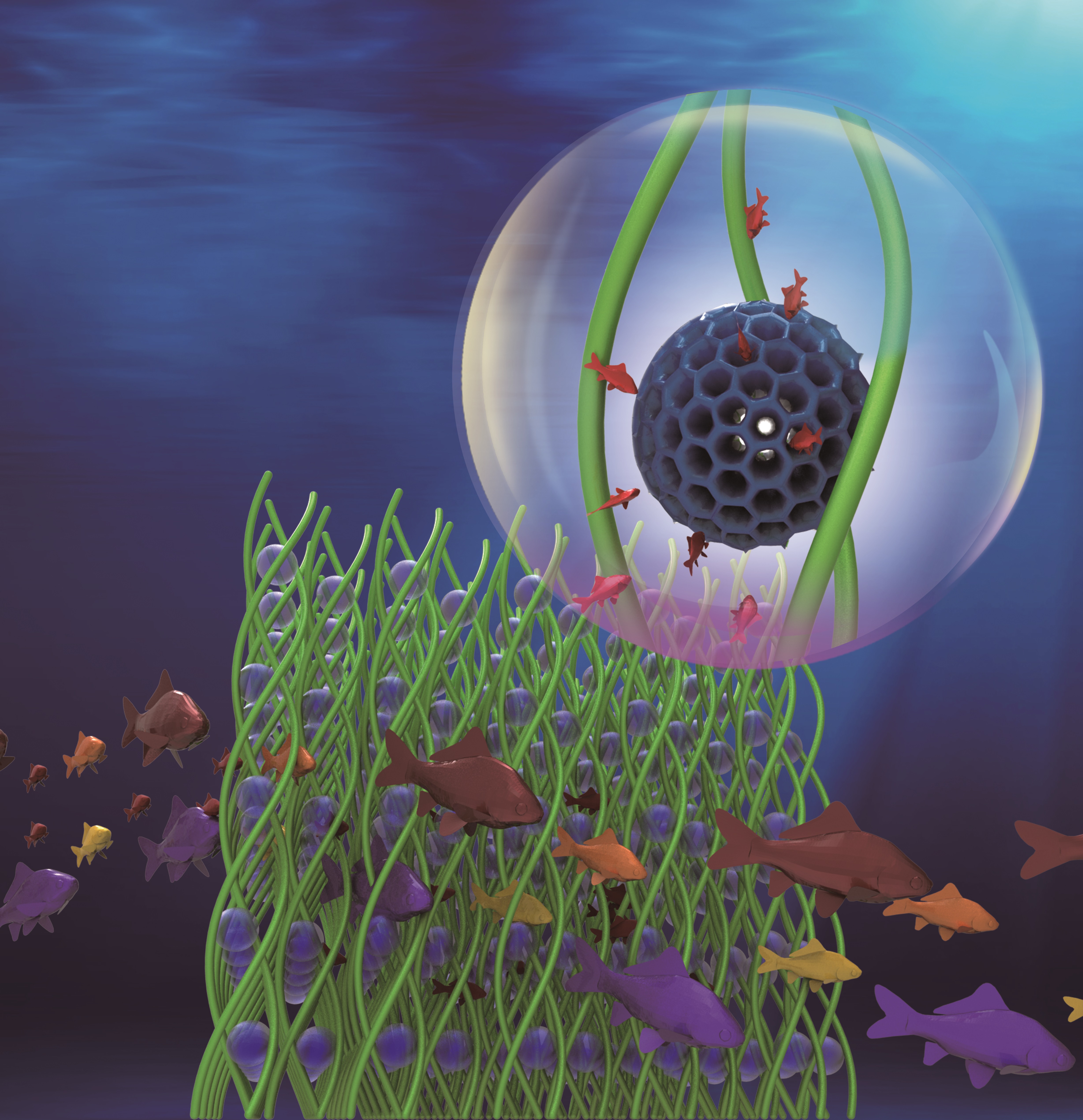Cellulose based composite for the extraction of lithium from seawater
ID:41
Submission ID:35 View Protection:PRIVATE
Updated Time:2021-10-29 21:48:59
Hits:991
Oral Presentation
Abstract
The extraction of lithium from seawater has attracted much interest as a means to meet increasing demand for lithium with the rapid expansion of the electric vehicle and electronics markets. Herein, a renewable and recyclable hydrogen manganese oxide (HMO)-modified cellulose film was developed and investigated toward the extraction of lithium from lithium containing aqueous solutions. The porous film was characterized, and its extraction efficacy and selectivity toward lithium from an aqueous solution (ppm level) and seawater (ppb level) were investigated. The HMO/cellulose film exhibited a higher Li+ adsorption capacity (21.6 mg g−1 HMO) than HMO/polymer (e.g., poly (vinyl chloride) or poly (vinylidene fluoride)) films, which have been examined in the literature for lithium extraction, because of its multidimensional porosity and hydrophilicity. The kinetics analysis based on a pseudo-second-order model indicated that the Li+ extraction rate of the HMO/cellulose film was 3 times higher than that achieved by the HMO particle alone (i.e., 0.075; cf. 0.023 g mg−1 h−1). Furthermore, the HMO/cellulose film displayed high selectivity for Li+ when exposed to seawater—the extraction of Li+ reached 99%, whereas that of the other ions present in seawater (i.e., Sr2+, K+, and Ca2+) was <4%. In addition, the adsorption capacity and mechanical strength of the HMO/cellulose film remained stable even after eight adsorption−desorption cycles. The present findings demonstrate the potential of the present HMO/cellulose film for the recovery of Li+ from seawater or wastewater.
Keywords
cellulose,composite,adsorption,lithium,seawater
Submission Author
Daxin Liang
Northeast Forestry University


Comment submit